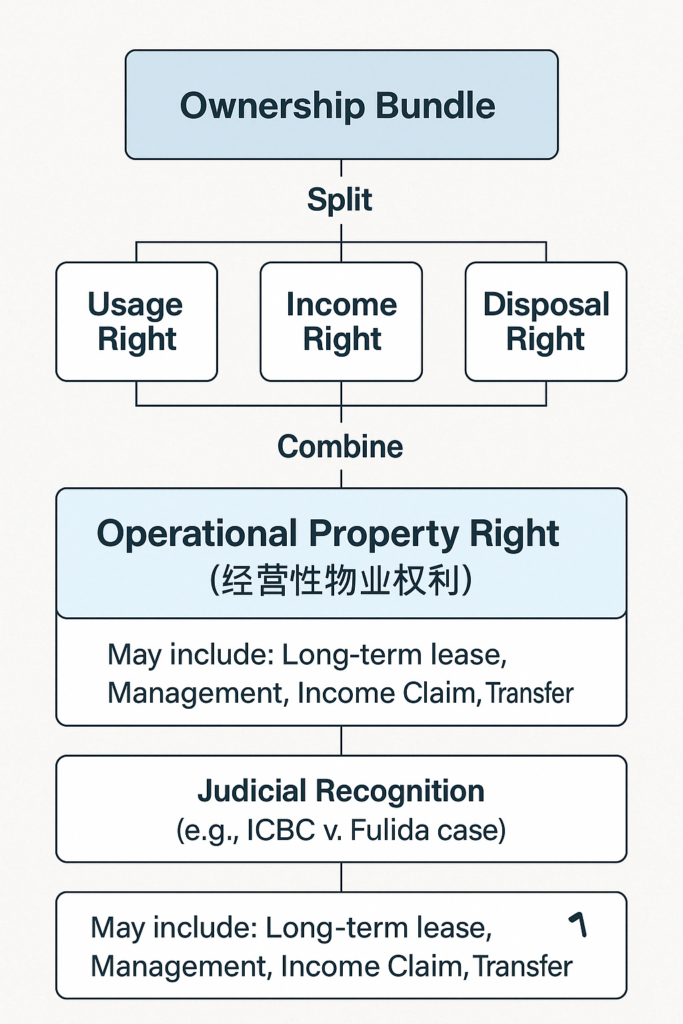The American Dream Deferred
In the land of opportunity, higher education was once the golden ticket to upward mobility. Today, it has become a Faustian bargain for millions. With student loan debt soaring to a staggering $1.77 trillion—surpassing credit card and auto loan balances—the U.S. education system is no longer a ladder but a quicksand pit. Stories of retirees still paying off loans or adults selling plasma to cover interest payments aren’t outliers; they’re the norm.
This investigative piece examines:
- The historical roots of the crisis
- The racial and socioeconomic disparities it exacerbates
- Why political “solutions” fail to address systemic flaws
- Alternatives for borrowers and policymakers
I. The Anatomy of a Crisis: By the Numbers
- The Debt Tsunami
- Federal student loans now burden 42 million Americans, with average debt per borrower at $38,000 (U.S. Department of Education, 2024).
- Private loans compound the problem: Interest rates reach 18%, with compounding terms that mirror predatory payday lending (Bankrate, 2025).
- Generational Impact
- 53% of borrowers delay homeownership; 70% postpone retirement savings (NY Federal Reserve).
- African American graduates owe $25,000 more than white peers, perpetuating wealth gaps (Brookings Institution).
- The Lifetime Sentence
- The average repayment period spans 20 years. Even President Obama cleared his debt in his 40s—a best-case scenario.
II. How We Got Here: A Timeline of Policy Failures
1944–1970s: Good Intentions, Flawed Execution
- The GI Bill (1944) and Higher Education Act (1965) democratized college access but relied on loans over grants.
The 1972 Tipping Point: Enter “Sallie Mae”
- The creation of the Student Loan Marketing Association (SLMA) privatized debt, turning education into a profit center. By 2004, its IPO prioritized shareholders over students.
2008–Present: Crisis Meets Capitalism
- Post-recession state budget cuts spiked tuition: Public colleges cost 30% more since 2008 (CNBC).
- For-profit colleges (e.g., Corinthian Colleges) targeted low-income students with high-default loans.
Key Quote:
“We unleashed a loan monster that hunts students,” says Josh Mitchell, author of The Debt Trap.
III. The Human Toll: Voices from the Crisis
Case Study 1: The Retirement Gamble
- Maria R., 62: “I deferred loans to raise kids. Now my Social Security is garnished.”
Case Study 2: The Blood Money Paradox
- Jake T., 28: “I donate plasma twice a month to cover interest. My degree? Unemployed.”
The Racial Divide
- Black borrowers default at 5x the rate of white borrowers (Education Data Initiative).
IV. Political Theater: Why Band-Aids Don’t Heal
Biden’s Debt Cancellation: Progress or Pandering?
- $183 billion forgiven for 5.3 million borrowers—but mostly via executive orders vulnerable to court challenges.
- Timing Alert: 92% of cancellations coincided with 2024 election rallies (Politico).
The GOP Counterargument
- Senators like Ted Cruz argue: “Why punish those who paid their way?” Yet they ignore states that slashed university funding.
The Real Culprit: Financialization of Education
- Colleges hike tuition knowing loans are unlimited. Administrative bloat (e.g., 300% growth in dean roles since 1980) fuels costs (The Atlantic).
V. Pathways Forward: Solutions Beyond Forgiveness
- Cap Interest Rates
- Model after Australia’s income-based system: 0% real interest for low earners.
- Hold Colleges Accountable
- Tie federal funding to graduation rates and post-degree earnings (e.g., Tennessee’s outcomes-based model).
- Expand Pell Grants
- Restore grants to cover 80% of public tuition (1965 levels).
- Debt Strikes & Legal Tactics
- Borrowers explore bankruptcy loopholes (e.g., Brunner Test challenges).
- Alternative Education Models
- Apprenticeships (e.g., Germany’s dual system) and income-share agreements (ISAs).
Conclusion: Reclaiming the Dream
The student debt crisis isn’t just about money—it’s about broken promises. Until America treats education as a public good rather than a commodity, the cycle will continue. As activist Astra Taylor warns: “Debt isn’t just financial; it’s a tool of control.”
Call to Action:
- Borrowers: Document your story at StudentDebtCrisis.org.
- Voters: Demand candidates detail plans beyond one-time relief.
🥳 Love My Content?
Fuel more free guides with a beer! 🍺
(Every sip makes the keyboard dance!)
Secured via PayPal • No account needed

 SinoLoanHub: Expert Business Loan Solutions for North American Companies
SinoLoanHub: Expert Business Loan Solutions for North American Companies






